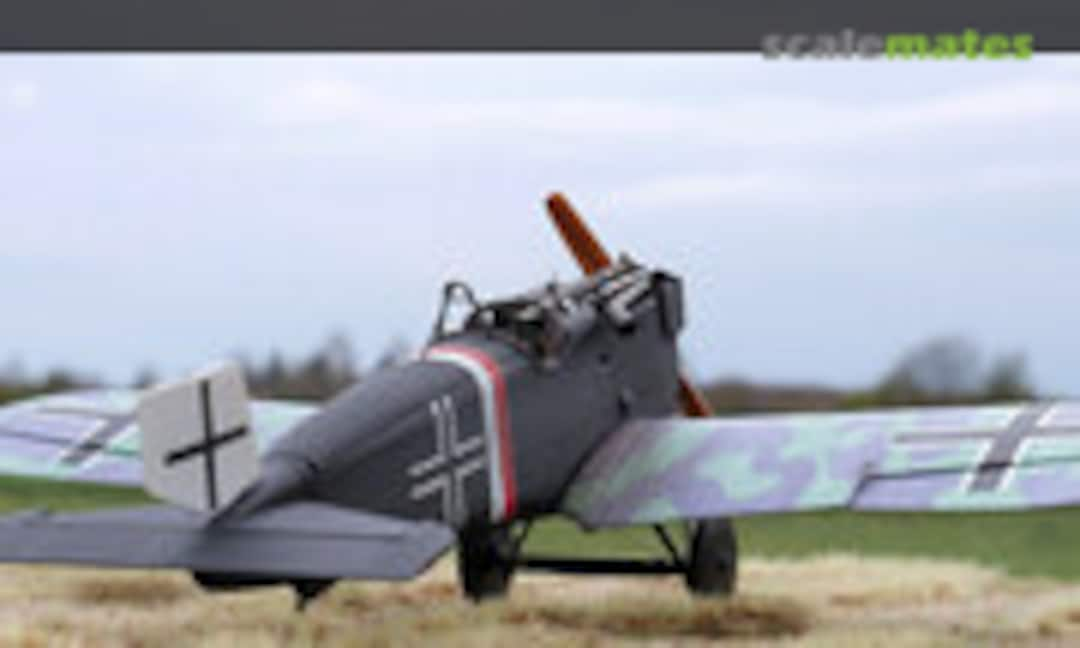Junkers D.I 5185/18, Hombeek, MFJG, November 1918
Коментарі
Lovely work mate, and congrats for the perseverance to complete it finally👍
What was the reasoning behind using corrugated skin... rigidity and strength?
Thank you James!
Yes, it was made of light metal called Duralumin, an alloy which makes aluminium much stronger but still very light. Inside is a frame of profiles (in the wings tubes) and yes, with the corrugated skin and its rigidity you can save weight.
You've managed to turn an 'ugly corrugated sheet metal hut' into a thing of beauty. Fascinating project Frank.
Congratulations on completing this long term project. Very nice. It doesn't take much imagination to think I'm looking at a real plane and not a model.
Absolutely stunning as usual. It is always a pleasure watching these come together.
Thank you very much mates!
I just added some pictures made in light tent.
This livery and the corrugated metal is so striking. Very interesting reading your info on this aircraft.
Thank you mates!
Yes, the history of the first all metal aircraft is interesting. There was the ground attack aircraft J.I before, which was successful due to a "steel bath tube" to protect crew and engine. Unfortunately this type is not available in 1/48th scale.
May be I will create another D.I with the long fuselage from the already prepared parts one day. May be in Duraluminium color?
Thank you Thomas!
This Junkers is definitely not on the level of the previous F.K.8 project, but I'm happy with the result.
Another nice fact: 3 month are over, and I was able to finish 3 projects. If I'm able to continue in this rate 2023 will be a stash reduction year 😉
Album info
One of my longest running project comes to the end. After a start in 2016 I was not able to finish it with multiple tries, but now I'm happy about the result.
An acquaintance once declared: "Die modernsten deutschen Jagdflugzeuge waren kotzhäßliche Wellblechhütten." which means: The most modern German fighter planes were ugly corrugated sheet metal huts.
It definitely set new technology standards and made possible the later successful Junkers F 13 and co.
Fun fact: The aircraft was steered into a ditch at high speed by Anthony Fokker himself during the official comparison flying after an impressive flight on landing. He had probably recognised the machine's potential, so no other frontline pilot could test it and the contract was awarded to Fokker with the D.VII.





















